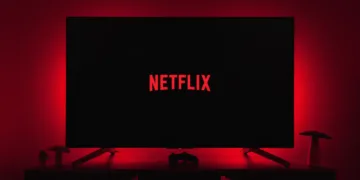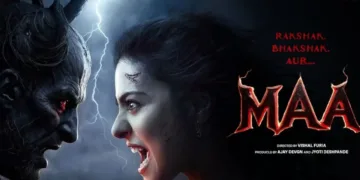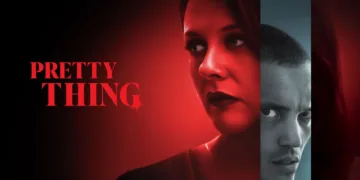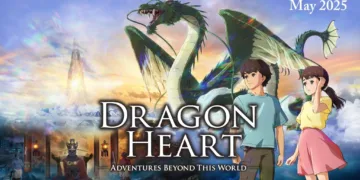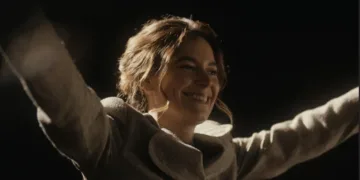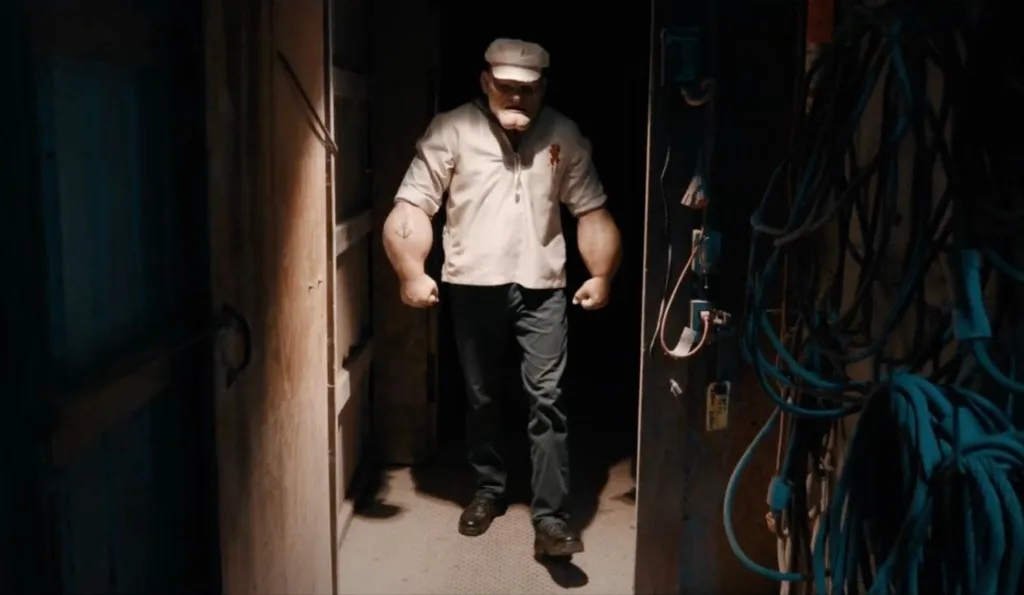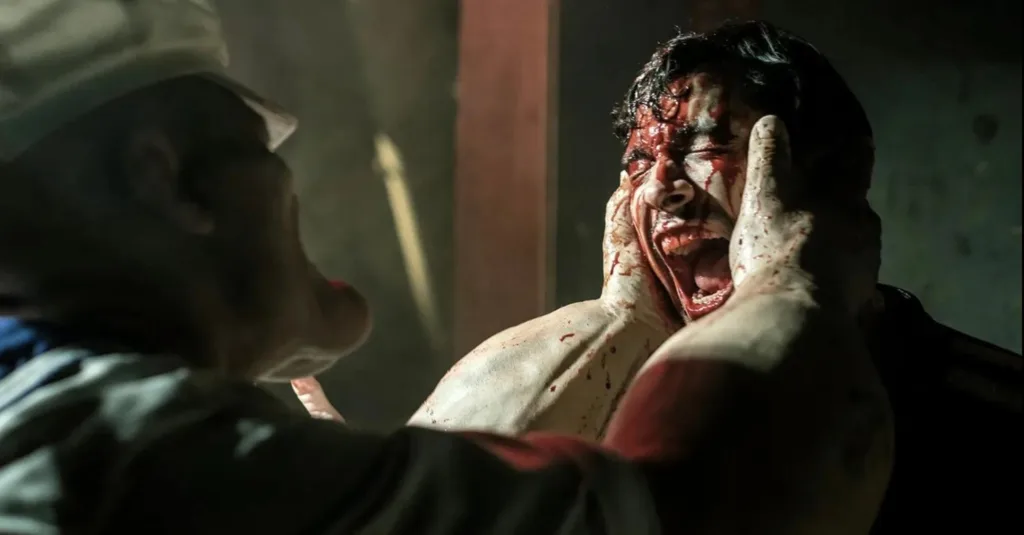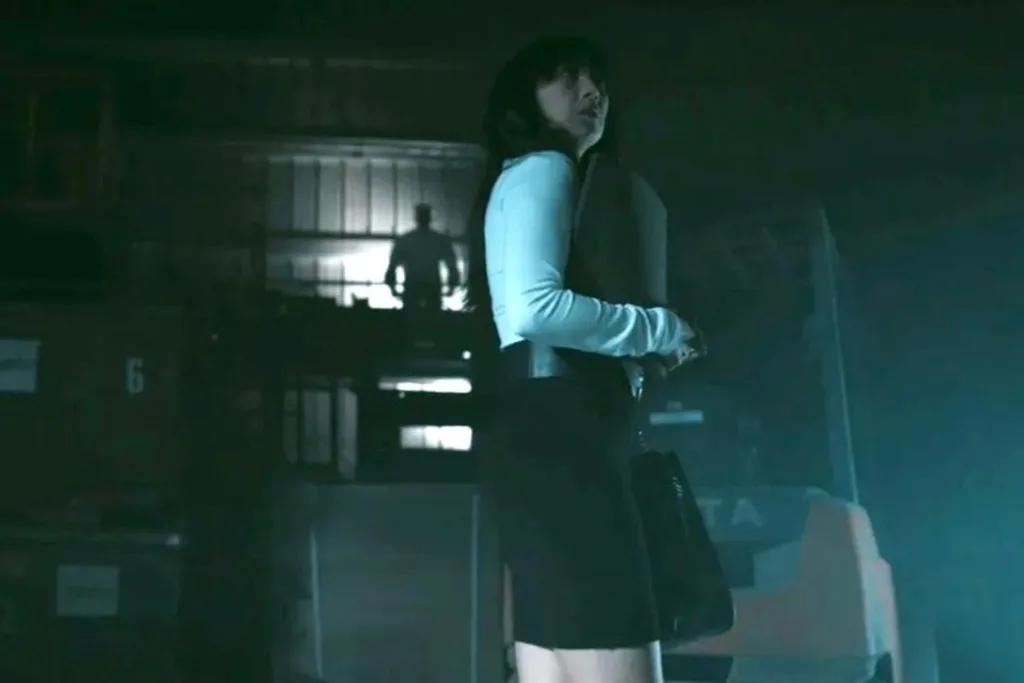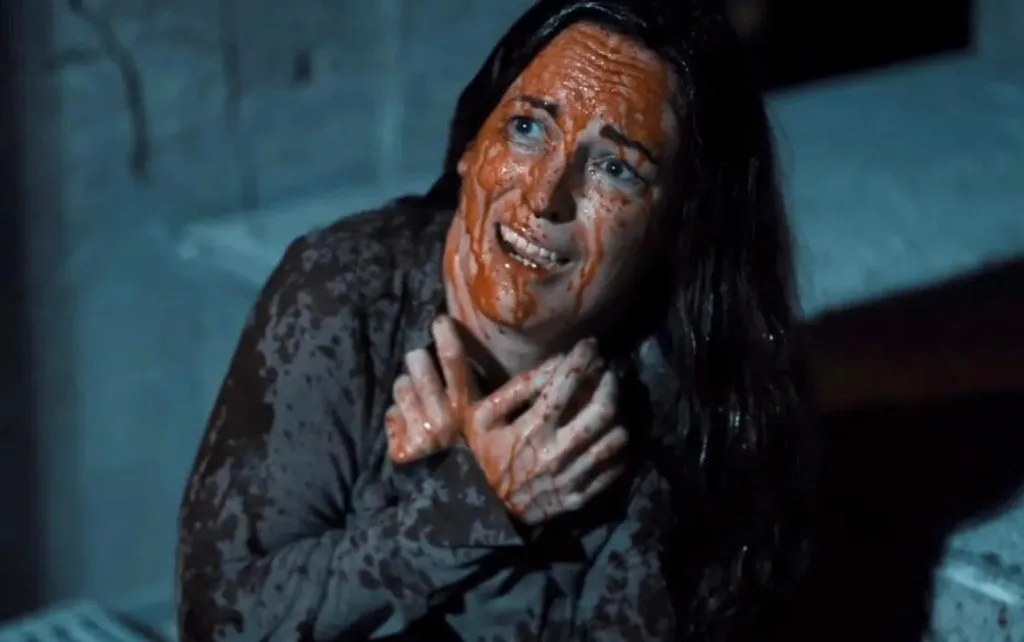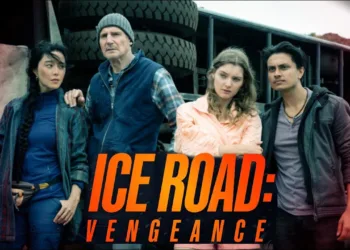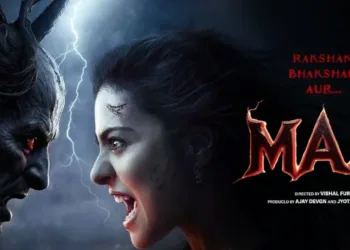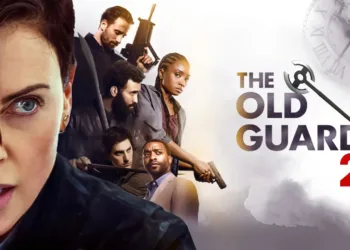Popeye the Slayer Man reimagines a familiar cartoon sailor as a vicious slasher, transforming a cherished figure into a figure of terror. Set in a decrepit spinach canning facility, the narrative introduces a crew of young investigators who encounter a reanimated icon with a taste for violence. This reworking of a nostalgic character is marked by a curious interplay between animated absurdity and visceral menace (a juxtaposition that tickles the intellect while provoking an unsettled smile).
In a nod to creative liberation afforded by public domain status, the movie turns what many remember as a jolly sailor into a figure that disrupts conventional expectations. The production revels in its low-budget charm, mixing offbeat humor with unexpected shocks, often reminiscent of historical moments when art surprised its audience.
There is a subtle commentary on cultural recycling (a notion that recycled images can, at times, carry fresh, if unpredictable, energy) and a playful critique of how relics of the past are repurposed for modern thrills.
The film’s style is deliberately eccentric—campy, self-aware, and unabashedly theatrical. Its use of familiar symbols like spinach and a distinctive sailor hat transforms well-known motifs into harbingers of dread, provoking thought on art, memory, and the shifting nature of iconography.
Chronicles of Chaos: Plot, Narrative, and Pacing
The film charts the misadventures of a group of college students who decide to investigate an urban legend set in a long-forgotten spinach canning factory. At its core, the narrative follows their uneasy steps into a derelict building rumored to house a murderous sailor. The plot unfolds as the students transition from curious documentarians to unwilling participants in a macabre spectacle, culminating in a face-off with a notorious figure transformed from a cheerful cartoon icon into a relentless killer.
The opening segments introduce the eerie legend and the rationale behind a documentary-style venture that feels both earnest and foolish (in a manner that tickles the intellect while raising an eyebrow). Early scenes establish the factory as a character in its own right—a place where history and decay form a potent cocktail that mirrors societal neglect of its own past relics. Small moments, such as whispered rumors and half-remembered local tales, set the stage for a narrative that oscillates between quiet buildup and shock-inducing bursts of gore.
The rhythm of the movie is a study in contrasts. It lingers on moments of suspense (a careful, almost ritualistic pacing that invites viewers to anticipate the next twist) before abruptly erupting into sequences of visceral violence.
These jarring shifts are balanced by occasional wry exchanges among the investigative team, whose banter provides brief relief amid the mounting tension. Certain twists catch the viewer off guard—a well-timed reveal here or a subtle nod to a bygone era there (an acknowledgment of historical influences that shaped public perceptions).
Interpersonal dynamics among the group add further texture. As alliances form and fray, the narrative offers insight into how modern society grapples with legacy and myth, often in a manner that is as bewildering as it is entertaining.
Character Alchemy: Personalities and Performances
The film introduces us to a cadre of young investigators whose distinct personalities drive the narrative. Dexter, portrayed with a mix of earnestness and befuddlement, serves as the reluctant leader whose determination often clashes with his own uncertainty.
Olivia, mysterious and quietly intense, provides a counterbalance with subtle charm (her performance suggests hidden depths that hint at larger societal discontents). Lisa offers a quirky contrast, her interactions with Seth providing moments of wry, offbeat humor that break the tension (a nod to the lighter side of human folly).
The interpersonal chemistry is complex. Dexter and Olivia share a dynamic marked by an unspoken tension that oscillates between camaraderie and a hint of romance. Their interactions, often understated, evoke memories of historical pairings in cinema where protagonists reflected the hopes and frustrations of a generation.
Meanwhile, the playful subplot involving Lisa and Seth injects levity, making even the most macabre moments feel momentarily human. Such character interplay suggests that human connections can thrive even amid chaos.
Popeye himself is reimagined in an unexpected light. The actor’s portrayal transforms a once-buoyant cartoon figure into an unsettling presence whose physicality and expressive features create a tangible sense of menace.
His every move, whether a slow, deliberate step or a sudden burst of aggression, seems to comment on the enduring power of archetypal symbols in shaping collective memory. This performance hints at a cultural dialogue where familiar icons are repurposed to reflect modern anxieties.
Supporting characters, like Joey—the quintessential “bad boy” whose brief yet memorable appearances inject a dose of sardonic humor—enhance the film’s eclectic atmosphere. Despite evident budget constraints, certain performances manage to surprise, offering moments of unexpected clarity that enrich the overall experience and underscore the film’s raw, unpolished energy.
Shadows and Splatter: The Visual Craft
The film situates its narrative in a long-forgotten spinach canning facility, its decaying interiors and rusted equipment evoking memories of industrial decline and neglected lore (a setting that mirrors the erosion of certain communal myths).
The set design communicates a palpable sense of abandonment, with peeling walls and cavernous spaces that prompt comparisons to derelict urban spaces caught in the slow grip of time. Each corner seems to whisper a story of bygone eras, inviting the viewer to question the very nature of forgotten history.
The camera work is both precise and whimsical—a juxtaposition that fosters a form of visual commentary on the passage of eras. Subdued lighting casts long shadows that play tricks on the eye, emphasizing the isolation of the location and the inescapable decay that permeates every frame.
Tight close-ups capture the macabre details of gore, while wider shots accentuate the stark emptiness of the factory. The interplay of light and dark not only raises tension but also suggests that beauty may emerge from unexpected disarray.
Popeye’s transformation into a menacing figure owes much to the film’s creative makeup and costume choices. The oversized uniform and contorted prosthetics evoke a sense of the uncanny—a familiar icon rendered strange and foreboding. Practical effects, executed with notable resourcefulness, generate moments that are simultaneously absurd and unsettling (a veritable “gore spectacle” that tickles both the intellect and the funny bone).
Director Robert Michael Ryan’s visual decisions foster a narrative rich in symbolism. His approach to scene composition and pacing appears methodical, punctuating humorous absurdity with sporadic violence. Occasional visual nods hint at the character’s storied past, offering subtle callbacks that reward attentive viewers. This aesthetic method serves as a quiet commentary on the endurance of cultural symbols amid shifting public sentiments.
Symbols and Satire: Themes, Tone, and Humor
This film recasts a well-known cartoon figure into a creature of terror, questioning the legacy of familiar icons repurposed under new guises. Its narrative tiptoes along the fine line between cherished memories and visceral dread—a transformation that suggests our cultural relics are subject to change as societal values shift (an observation that might remind one of historical reinventions of mythic figures). The story employs an urban legend framework, drawing on local lore and modern fears in a manner that both provokes thought and invites a wry smile.
The film’s tone oscillates between scenes of stark brutality and moments of wry amusement. Short bursts of shocking violence are countered by sly, almost conspiratorial humor, as characters exchange quips that lighten an otherwise grim atmosphere. Such juxtapositions serve as a commentary on the nature of fear and laughter in times of uncertainty. A satirical spark is evident in every carefully staged kill and exaggerated reaction—a nod to the playful irreverence of low-budget horror.
Its dialogue, peppered with ironic asides, challenges the viewer to reconsider preconceived notions of what horror should be. Characters display a mix of youthful bravado and unexpected vulnerability, with interpersonal interactions hinting at broader societal tensions.
For instance, the subtle friction between determination and doubt in the group mirrors the internal conflicts of communities confronted with rapid change. In some scenes, a lighthearted banter seems to question the very essence of tradition, inviting audiences to weigh the past against a less predictable present.
The film’s approach to violence—staged with a deliberate overemphasis on grotesque theatrics—recasts brutality as a form of performance art. Each visual cue, from exaggerated makeup to deliberate set pieces, transforms a simple act of gore into a symbol of cultural reinvention. The result is a work that, while occasionally inconsistent, sparks reflection on the mutable nature of legend and the power of humor in the face of horror.
Machinations of Mayhem: Production Design and Technical Aspects
The screenplay gives a nod to the cherished lore while juggling mystery with a wink of low-budget humor. Its structure carries moments of inspired homage to the cartoon heritage, yet clunky dialogue and anticipated twists sometimes betray its ambitions. The script oscillates between tight mystery segments and lengthy expositional stretches that can feel a bit labored (the balancing act here is as challenging as mixing genres in a postmodern festival).
Director Robert Michael Ryan’s vision emerges through careful editing that manages to tie together scenes of brisk action and measured exposition. The pacing is set by choices that trim unnecessary chatter, though some sequences linger awkwardly, reminding one of experimental films where time is both a friend and a foe. Sound effects and a deliberately eerie score heighten tension at unexpected turns; sharp, jarring audio cues punctuate the more humorous exchanges with a surprising precision.
Practical effects dominate the film’s visual narrative. Crafted kill sequences—ranging from inventive gore displays to unsettling set-pieces—display resourcefulness, with makeup and prosthetics offering a disconcerting blend of cartoon absurdity and raw horror. The reliance on physical effects, rather than digital wizardry, creates an atmosphere that is both tactile and strangely nostalgic, recalling days when craft and ingenuity were prized above slick production.
Budget limitations are unmistakable, yet they spark creative solutions in makeup, costume design, and the repurposing of an abandoned factory setting. The technical choices might seem rough around the edges, but each element supports the film’s quirky ambitions.
The cohesion of these disparate parts generates a visual experience that, despite its occasional roughness, makes a curious statement about cultural recycling and the resilience of old icons reinvented through modern, if uneven, craftsmanship.
The Review
Popeye the Slayer Man
Popeye the Slayer Man offers an off-kilter take on a classic icon, blending quirky humor with moments of unexpected dread. Its low-budget aesthetic and inventive use of practical effects yield a memorable, if uneven, ride that prompts reflection on recycled cultural myths and the shifting nature of our icons. Clumsy in parts yet brimming with a raw, audacious spirit, the film delivers both laughs and chills.
PROS
- Inventive practical effects
- Bold, offbeat reinterpretation
- Campy humor that lightens the horror
- Creative use of a public domain icon
CONS
- Uneven pacing in parts
- Predictable dialogue and plot twists
- Low-budget limitations are evident
- Some scenes feel overly drawn out


















